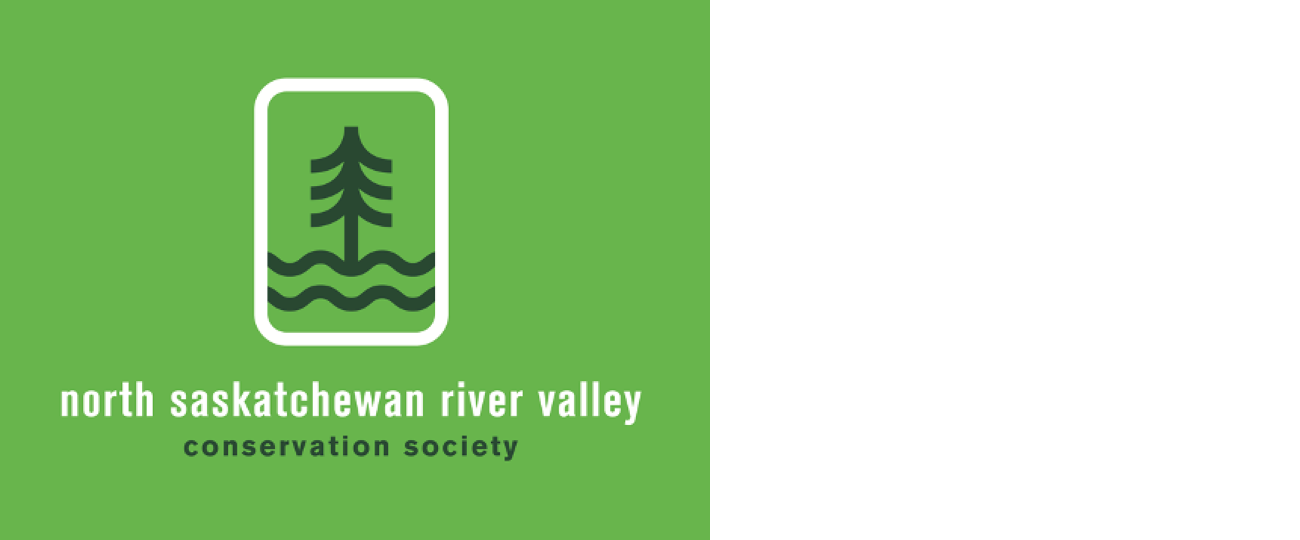Edmontosaurus is our river valley dinosaur
More fossils of Edmontosaurus have been found than any other dinosaur. It was first found in Alberta, but not in the city. It was named after the Edmonton Formation, the geologic layer of rocks that the fossil was first excavated from.
Edmontosaurus is now a source of hometown pride because fossils of this duckbill were found within the city limits at the local Edmontosaurus bone bed, which is a whole bunch of different skeletons, adult and juvenile jumbled together, all from this dinosaur.
Edmontosaurus is the classic duckbilled dinosaur, although it stands out as one of the largest. Most of the time, it walked around on all four legs, but its back legs were much bigger than its fore legs, so when it was running, it would rear back onto just its hind legs.
The key to the success of Edmontosaurus was its unmatched ability to chew. It not only had the big bill at the front of its mouth, which was used to crop off vegetation, but at the back of its mouth behind the bill, it had rows of tightly packed teeth which formed a single, broad grinding surface.
Dinosaurs were like modern sharks and crocodiles; in that they never ran out of teeth. New teeth were constantly growing in underneath the old teeth and would gradually replace them. Read more at https://www.cbc.ca/news/canada/calgary/dino-of-the-week-edmontosaurus-1.3706757
Flying squirrels found in Edmonton river valley
Northern Flying Squirrels are found in Edmonton, especially in the river valley. These squirrels do not actually fly, they glide. They have an extra flap of skin, called a patagium, which extends from their front wrist to their hind wrist, on either side of their body. When they jump off a branch, they spread their limbs, opening their patagium like a parachute, and can glide up to 48m. They steer with their long, flat, rudder-like tail.
Flying squirrels are nocturnal, which is why they have large eyes, to allow more light in, to be able to see as they glide through the dark. They hide away during the day and become active about an hour after sunset.
Good tree cover is important to enable gliding between trees. Old trees and dead or dying trees are nesting sites for flying squirrels. Nesting sites are an important consideration in the protection of flying squirrel habitat. If you live in a forested area, you can help flying squirrels by building nesting boxes for them.
This squirrel eats seeds, nuts, fungi, lichen, fruits, buds, and insects. They must watch out for many predators including owls, martens, weasels, coyotes, and cats. Hear more at https://www.cbc.ca/listen/live-radio/1-17-edmonton-am/clip/15870591-this-week-community-critters-the-flying-squirrel
426,307 people already enrolled in online UofA Indigenous course
Indigenous Canada is a free University of Alberta course for anyone interested in acquiring a basic familiarity with Indigenous-nonindigenous relationships. The online course from the Faculty of Native Studies explores Indigenous histories and contemporary issues in Canada.
From an Indigenous perspective, this course explores key issues facing Indigenous peoples today from a historical and critical perspective highlighting national and local Indigenous-settler relations.
Topics for the 12 lessons include the fur trade and other exchange relationships, land claims and environmental impacts, legal systems and rights, political conflicts and alliances, Indigenous political activism, and contemporary Indigenous life, art, and its expressions.
To date, 426,307 people have already enrolled in the course. It is free to the public but can also be taken for a fee as part of a university degree. A third option, with a smaller fee, gives the participant a certificate. Learn more at https://www.ualberta.ca/admissions-programs/online-courses/indigenous-canada/index.html
Turkey Tail Mushroom
Turkey tails are one of the most common mushroom or fungi in Canada. They are found virtually anywhere there are dead hardwood logs. Its cap colours are quite variable with sharply contrasting concentric zones of colour. They typically grow in rows or overlapping shelves.
Turkey tails grows on dead, deciduous wood, in the wounds of living hardwood trees, and on conifers throughout Canada, the U.S., and in many countries worldwide.
In the northern hemisphere, turkey tail fruiting season is typically May through December. Although some may persist year-long depending on location and conditions, they are at their best in autumn and winter when they release their spores.
This fungi is not palatable due to its tough texture. but is used for medicinal purposes. When fresh it is best used as a tea. Collecting turkey tails and drying them out is recommended. Once dried they can still be used to make tea, add to other teas, used in soups and in other meals. Learn more, including a recipe for immune building coffee, at https://www.ediblewildfood.com/turkey-tail.aspx
Wolf Willow parking restrictions
Vilmarie writes “This No Parking Sign is total BS. I have been coming to this place since 2010. I park my car, do my 10-12 set of stairs then leave. Maximum 2 hours. Yes, it has gotten busier over the years, but isn't that the point of it all. It was created for people to come see the nature, the beauty of the river valley and to get in your exercise for the day.
In all the years I've been going to the stairs, I've never seen people intentionally leave their garbage. I've seen the odd mitten or hat left behind, most likely been accidentally dropped. See
https://globalnews.ca/news/8342220/west-edmonton-wolf-willow-parking-restriction/
Comment or contribution
If you have a comment, concern, or question, contact us at nsrivervalley@gmail.com Please also email us river valley photos or event information. Your friends, neighbours and colleagues can sign up for this newsletter on our web site.
Sincerely yours,
Harvey Voogd
North Saskatchewan River Valley Conservation Society
780.691.1712





















